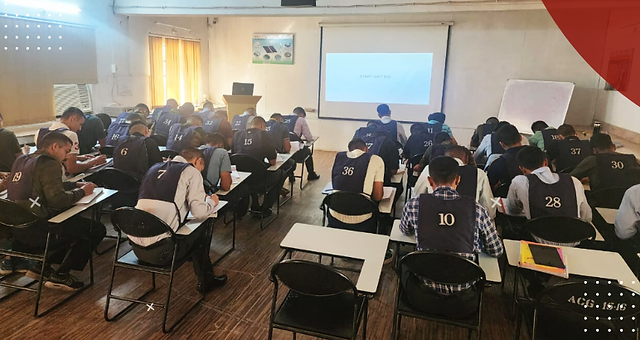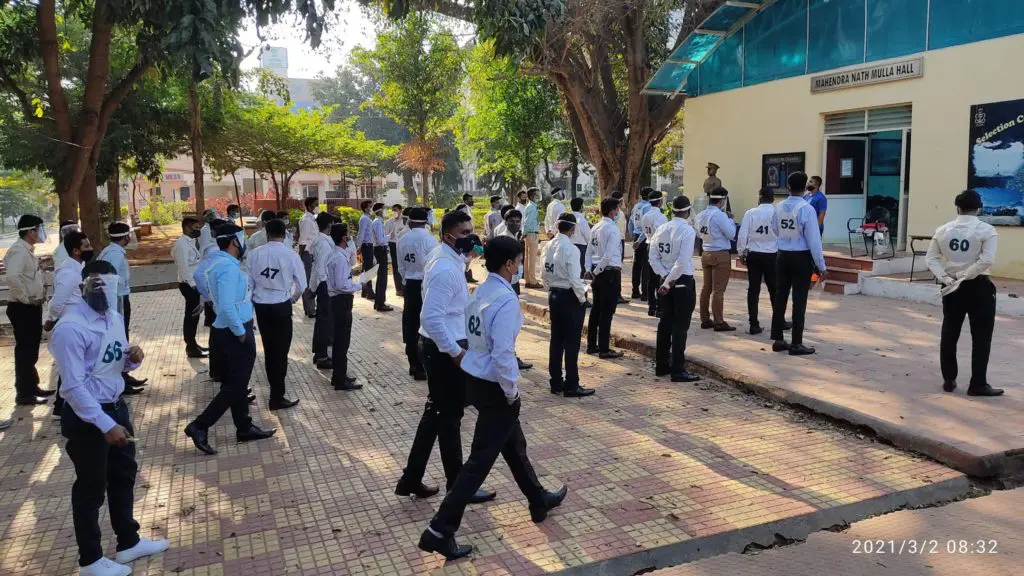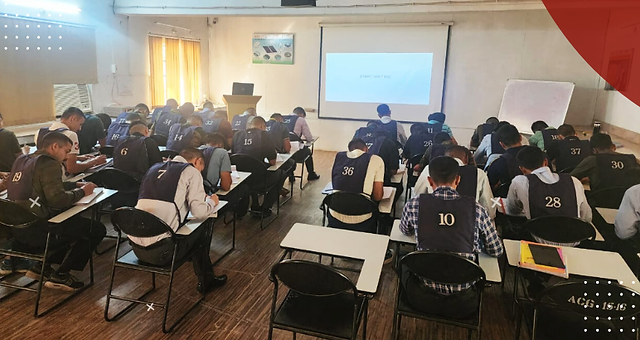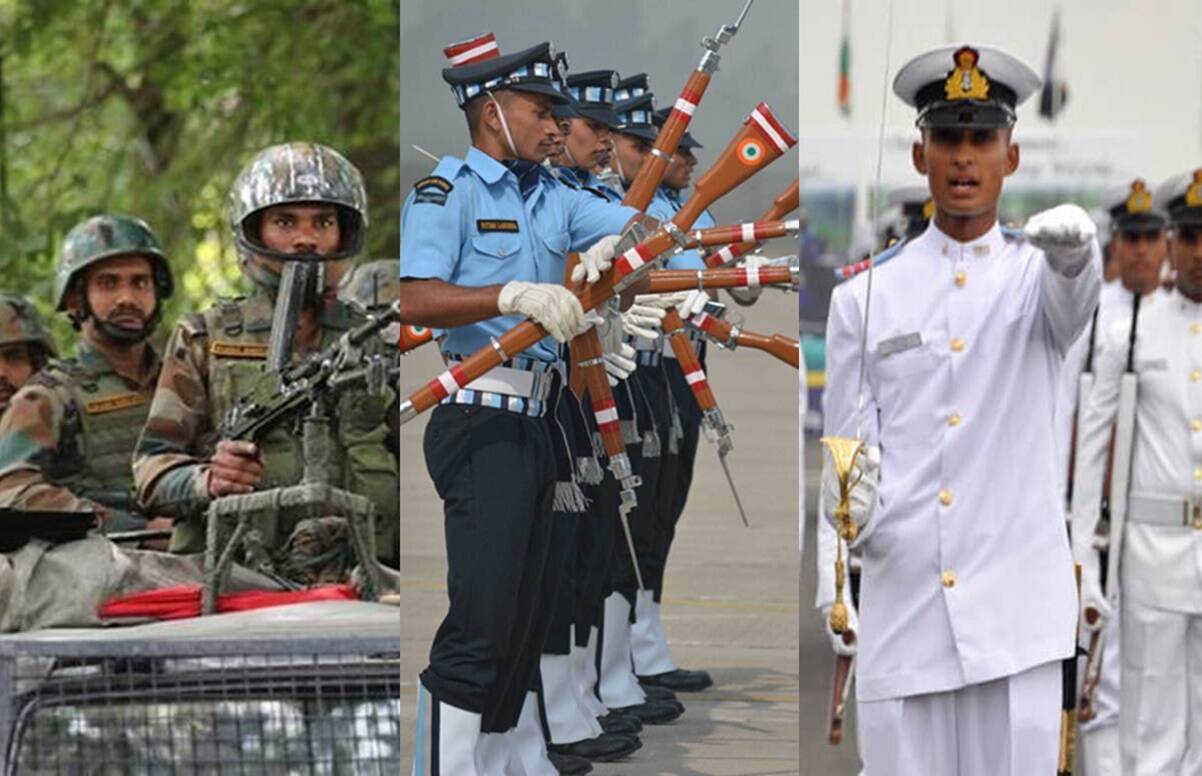SSB Interview: WAT (Word Association Test)
The SSB (Services Selection Board) Interview is a crucial step toward becoming an officer in the Indian Armed Forces. One of the psychological tests you'll encounter during this process is the Word Association Test (WAT). While the WAT may seem simple at first glance, it plays a significant role in assessing your personality, thought process, and subconscious mind. In this article, we’ll dive deep into what the WAT is, why it’s important, and how you can approach it effectively. On this website we have organized over 3000+ words asked in SSB Interview into various categories with sample responses for you to practice.
On a desktop, you can view the list of word topics on the left-hand menu. If you're on mobile, simply click the menu button in the top-right corner to explore topics. Each page is packed with topic-specific words and positive responses designed to help you frame your own responses in WAT of SSB Interview.
What is the Word Association Test (WAT)?
The Word Association Test (WAT) is a psychological test conducted on the second day of the SSB Interview as part of the psychological testing series. It involves flashing 60 words, one at a time, on a screen. You’ll have 15 seconds to respond to each word by writing the first thought or sentence that comes to your mind.

The key to this test is spontaneity—there’s no time to overthink your answers. The words shown can range from simple and everyday terms to more abstract or emotionally charged ones. The goal is to gauge your natural responses and see how your mind works under pressure.
Why is the WAT Important?
The WAT is a vital tool in the SSB Interview because it provides insight into your personality, attitudes, and values. The test is designed to reveal your subconscious mind, offering clues about your character traits, such as positivity, confidence, and leadership potential.
For example, if the word "Challenge" is flashed, a response like "I overcome challenges" may indicate a positive and proactive mindset. On the other hand, a response like "Challenges are difficult" might suggest a more apprehensive approach to challenges.
The assessors are looking for responses that reflect qualities desirable in an officer, such as optimism, decisiveness, courage, and the ability to think on your feet.
How to Approach the WAT
Here are some strategies to help you perform well in the WAT:
1. Stay Calm and Focused
The most important thing during the WAT is to stay calm. The test moves quickly, and there’s no time to get flustered. Practice staying relaxed so you can respond naturally.
2. Be Honest
Your responses should be genuine and reflect your true personality. Don’t try to second-guess what the assessors want to see. They are experienced in identifying forced or insincere responses.
3. Think Positive
Your responses should ideally reflect a positive and constructive mindset. Even if a word has a negative connotation, try to frame your response in a positive light. For example, for the word "Failure," a good response could be "Failure is a stepping stone to success."
4. Practice Regularly
Regular practice can help you get accustomed to the pace of the test. You can practice by flashing random words and writing down your first thoughts. This will help you develop the habit of responding quickly and positively.
5. Avoid Negative or Controversial Responses
Try to avoid responses that could be interpreted as negative, controversial, or overly aggressive. For example, for the word "Enemy," a response like "Enemies must be destroyed" might come across as overly hostile. Instead, something like "Handle enemies with strategy" would be more balanced.
Sample Words and Responses
Let’s look at some sample words and possible responses to give you a better idea:
- Word: "Courage"
Response: "Courage leads to success." - Word: "Fear"
Response: "Fear is an opportunity to grow." - Word: "Leader"
Response: "A leader inspires others." - Word: "Obstacle"
Response: "Obstacles make me stronger." - Word: "Decision"
Response: "Decisions shape my destiny."
These examples show how you can approach the WAT with a positive and constructive mindset. Your responses should reflect qualities that align with the values of the Indian Armed Forces.
Common Mistakes to Avoid
While preparing for the WAT, be mindful of these common mistakes:
- Overthinking: The test is designed to capture your first, natural response. Don’t overthink or try to craft the "perfect" answer.
- Negative Responses: Avoid responses that might reflect negativity, fear, or aggression. The assessors are looking for well-rounded and positive individuals.
- Copy-Paste Responses: Every response should be unique and relevant to the word shown. Avoid repeating the same type of response for multiple words.
Conclusion
The Word Association Test (WAT) in the SSB Interview is not a test of your vocabulary—it's a window into your personality. By staying calm, thinking positively, and practicing regularly, you can approach the WAT with confidence. Remember, the key to success in the WAT is to let your natural, positive qualities shine through in your responses. With the right preparation, you can ace this test and move one step closer to your dream of becoming an officer in the Indian Armed Forces.



